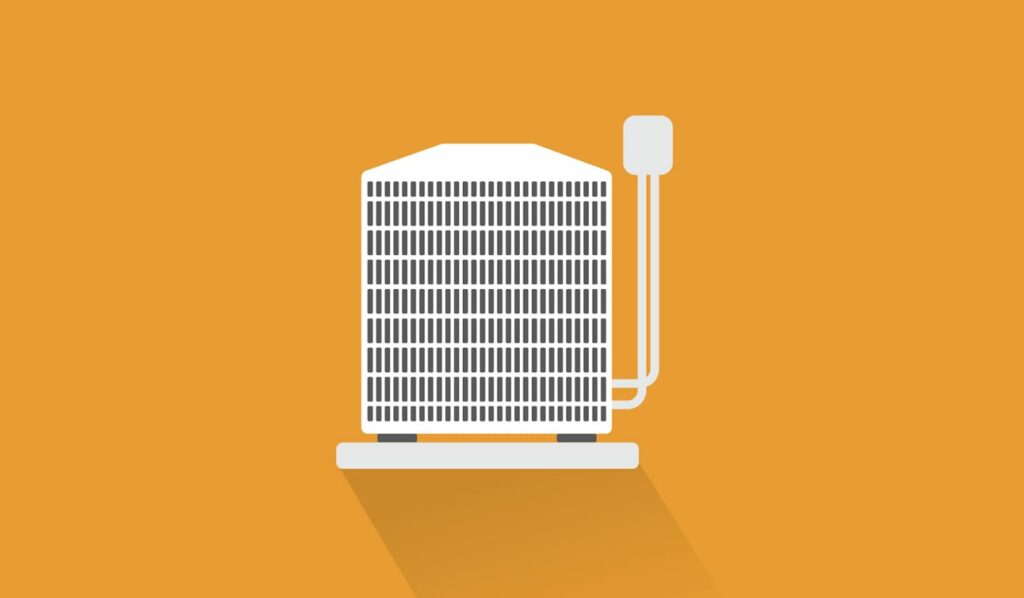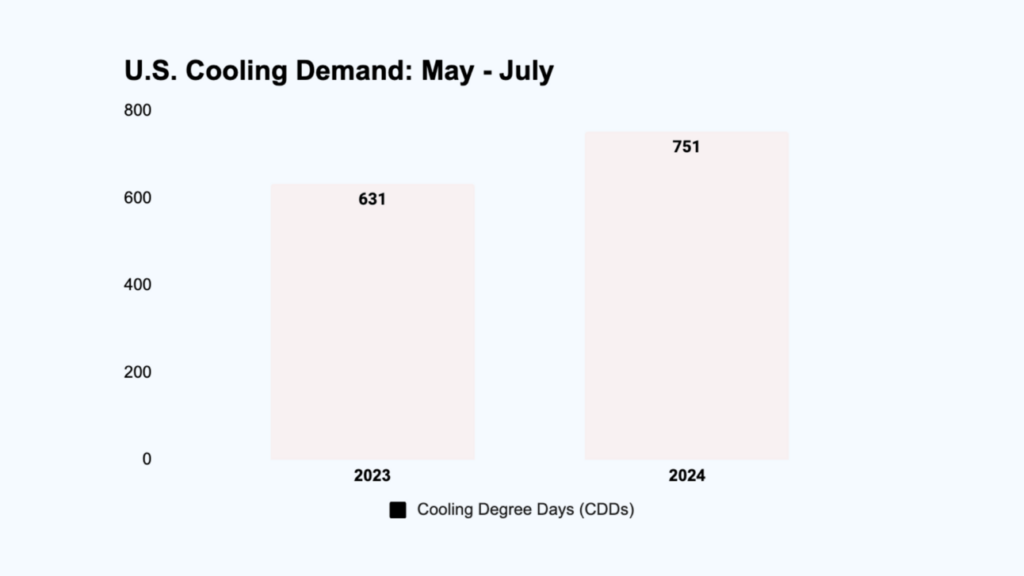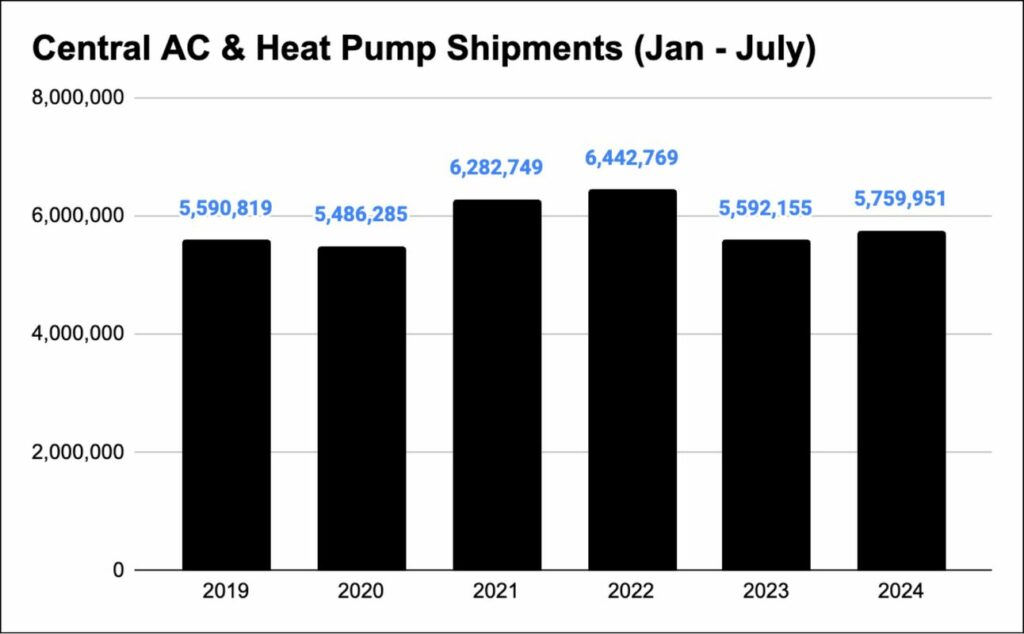State Energy Officials request residential rebate clarifications from DOE
September 4, 2023

Native Law Group
The National Association of State Energy Officials (NASEO) recently sent a letter to the Department of Energy (DOE) requesting clarifications on the ~$9 billion residential rebate programs put into place as part of the Inflation Reduction Act (IRA).
Catch up: The programs, HOMES and HEEHR, are provisions of the IRA designed to incentivize homeowners to make energy-efficient and electric upgrades by use of rebates. For reference, program details can be found here (HOMES), and here (HEEHR).
The DOE put together the “Administrative and Legal Requirements Document” (ALRD), which gives states guidance and includes technical details on the programs.
Keep in mind: Each state is responsible for developing and implementing its own programs and has to apply before receiving any funding.
As a result of regular meetings between State Energy Offices, NASEO requested thirteen clarifications on ALRD to assist states in developing applications for the programs, a handful of which are relevant to contractors:
- Better communication on funding status. So far, no state has received any funding, no programs are active, and it’s not entirely clear if the DOE will communicate to the public when states do get awarded funds.
- Offer additional support for income verification. Rebates for both programs are dependent on household income, and having easy-to-use tools and datasets to verify income is critical.
- Clarify best practices for blending programs. As it stands, homeowners cannot use both programs to get rebates on the same piece of equipment (e.g. heat pump), but states can allow homeowners to use both programs for different pieces of equipment on the same project (e.g. one for heat pump and one for water heater), if they choose.
- Allow virtual inspections. The guidance indicates that for contractors doing projects that require home assessments, the first five projects and five percent of projects thereafter must have an “independent onsite post-install inspection”, which could prove challenging to contractors, especially those in rural areas.
- Identify alternatives to modeling energy savings. For the HOMES program, rebates are partly determined by projected energy savings, which are currently measured by the default BPI-2400 method, and having alternatives available could speed up implementation.
The DOE hasn’t responded to the letter, and states are still in the process of reviewing guidance and putting plans together. Some say that households can expect the rebate programs to be available by early 2024, but given the specifics yet to be hashed out, only time will tell.
📬 Get our stories in your inbox
Keep reading
Summer cooling demand jumps 19% year-over-year
From May to July, Cooling Degree Days (CDDs) rose by 19% compared to last year
July HVAC shipments up 22%
Central AC and heat pump shipments rose 22% year-over-year in July, and year-to-date shipments increased by 3% from 2023


